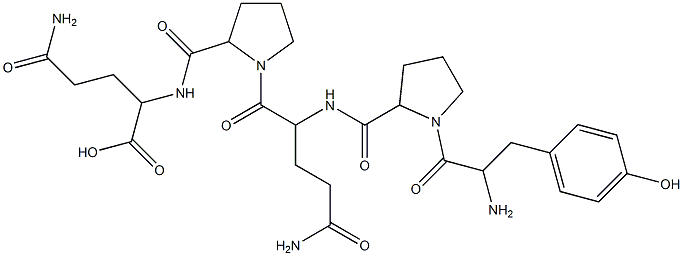Uses
Chemical synthesis of spinal anesthetics, pharmaceutical
preparations.
Uses
Gliadin from wheat has been used in
- peptic tryptic digestion to study the effect of?in vitro?gliadin challenge on biopsies from celiac disease (CD) patients on gluten-free diet (GFD)
- to prepare gliadin for antigliadin antibody assay
- as a standard for the quantification of gliadin levels to the picogram level by flow cytometry
Definition
A prolamin occurring in gluten, the protein of wheat, rye, and other grains. Wheat gliadin
has the following composition: 52.7% carbon, 17.7% nitrogen, 21.7% oxygen, 6.9% hydrogen,
1.0% sulfur. It is composed of 18 amino acids, 40% being glutamic acid. In
General Description
Gluten consists of two families of prolamins, known as gliadin and glutenin. Gliadin is a strongly hydrophobic glycoprotein, with a very poor solubility. The gliadins can be further subdivided into α-gliadins, γ-gliadins and ω-gliadins (based on their order of mobility on electrophoresis at low pH).
Biochem/physiol Actions
The gliadins comprise a family of glutamine- and proline-rich monomeric proteins that account for 40-50% of the total protein content of wheat kernels. The alcohol-soluble gliadins aggregate with the alcohol-insoluble glutenins to form gluten, which is responsible for the structure and properties of wheat dough. The gliadins are also involved in the pathogenesis of celiac disease. an autoimmune disease in which human leukocyte antigens DQ2 and DQ8 present gliaden peptides to a subset of T cells inducing the release of proinflammatory cytokines that, in turn, induce degradation of the intestinal mucosal matrix and cell death. B cells are also stimulated to produce gluten-specific and transglutaminase 2 (TG2)-specific antibodies, the latter may result from the presentation of gliadin peptides covalently bound to TG2.
